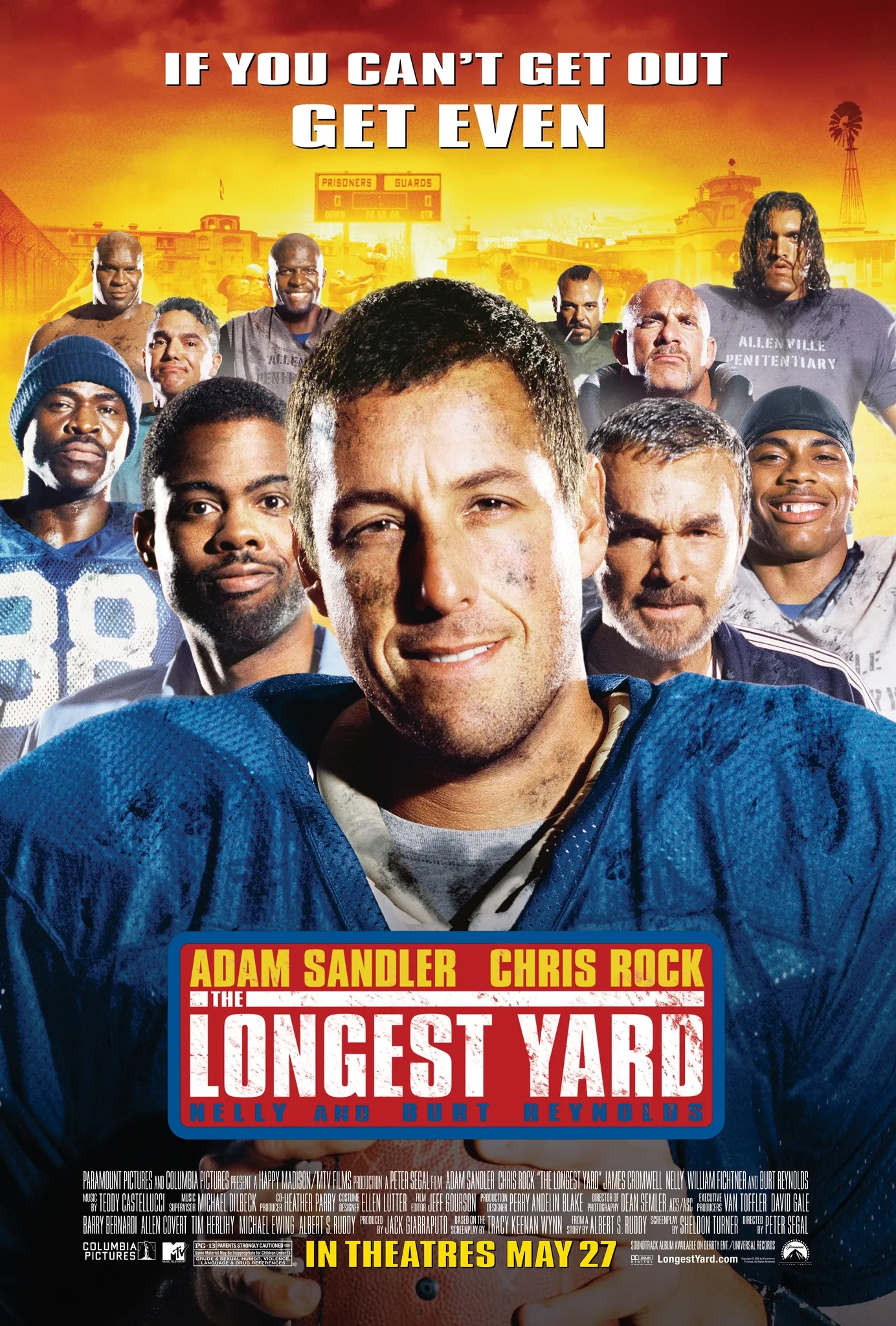👉Full movie at end of the post
Adolescence (2020) is a quiet and intimate short film that captures the fragile boundary between childhood and adulthood. Set during a single summer day in the 1950s, it explores how time, place, and emotion intertwine during moments of transition. The story focuses on James, a teenage boy silently navigating the intensity of feelings he can’t fully express. Through his eyes, the viewer experiences not only the melancholy of leaving but also the unspoken longing that comes with realizing something beautiful is about to end.

The film uses minimal dialogue to emphasize the internal landscape of its characters. Instead of relying on speech, it leans heavily on visual storytelling: glances, gestures, and the rhythm of movement speak volumes. James is often seen filming his surroundings, using the camera as a buffer between his emotions and the world. His gaze lingers on Simon, his best friend, in ways that suggest a deeper attachment—something caught between admiration, affection, and yearning. Every frame feels both deeply personal and universally relatable.
One of the film’s strengths lies in how it builds tension through silence. The viewer is acutely aware of everything James wants to say but can’t. The film carefully draws out moments of stillness—the sun on the water, the sand underfoot, the distance between two boys sitting side by side—turning them into symbols of vulnerability. The physical closeness they share is filled with emotional restraint, making the eventual attempt at connection all the more heartbreaking and brave.

The central emotional climax is handled with sensitivity and ambiguity. When James invites Simon into “the other world,” it is a plea for a private, sacred space where emotions can be safely revealed. That moment, though subtle and almost wordless, becomes a turning point—both boys sensing that something has shifted, even if they don’t fully understand it. The bittersweet parting that follows underscores how fleeting moments of emotional honesty can be, especially in youth, when fear of rejection or misunderstanding is so powerful.

Ultimately, Adolescence is not a story about grand declarations, but about the tension of what remains unspoken. It captures the delicate ache of first love, the fear of vulnerability, and the quiet grief that comes with change. Through its soft visuals and restrained storytelling, the film mirrors the emotional uncertainty of growing up. It reminds us that sometimes the most important relationships in our lives are those we carry with us—not because they lasted, but because they shaped who we became.



